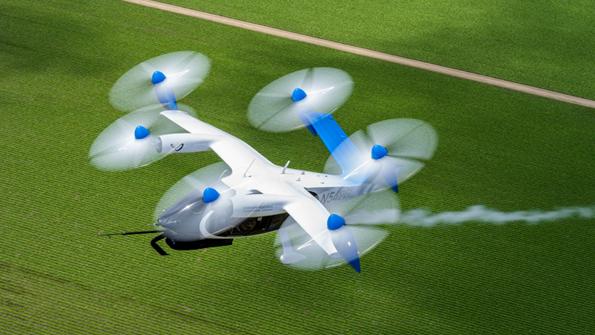
A hydrogen-electric-powered full-scale demonstrator trails a stream of water vapor, the only emission from its fuel cell power system.
Credit: Joby Aviation
While it pursues certification of its battery-powered air taxi and prepares to launch commercial service, Joby Aviation already is taking the next step: flying its electric vertical-takeoff-and-landing aircraft on liquid hydrogen and fuel cells. The startup has taken its pre-production prototype S4...
Joby Beats Range Target For Hydrogen-Electric Air Taxi Demonstrator is available to both Aviation Week & Space Technology and AWIN subscribers.
Subscribe now to read this content, plus receive critical analysis into emerging trends, technological advancements, operational best practices and continuous updates to policy, requirements and budgets.
Already a subscriber to AW&ST or AWIN? Log in with your existing email and password.
